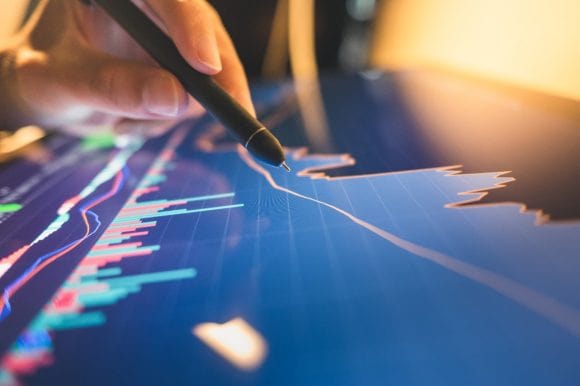What are ETCs?
Exchange-traded commodities (ETCs) are commodities traded on a stock exchange. They offer the possibility to invest in single commodities and precious metals. The performance of an ETC is connected to one of two sources. It might be based on the spot commodity price (the price for immediate delivery) or based on the futures price (a derivative contract for delivery at a future date).
They also typically aim to track the daily performance of the underlying commodity. And ETCs belong to the category of Exchange-Traded Products ETPs .

What are the general characteristics of an ETP?
- Passive investment: ETPs are a transparent and cost-effective way to get exposed to an asset class, as fees are usually lower compared to active mutual funds.
- Tracks an underlying asset: An ETP seeks to provide the same yield as the underlying index or asset, providing a diversified investment in a single transaction.
- Listed on the exchange: The performance of the investment in ETPs is accessible on an intraday basis through the accessibility of live prices.
- High liquidity: An ETP is a liquid asset backed by a pool of market makers and approved members.
- Trades like stocks: ETPs are designed to resemble an underlying index or return of an asset with convenient trading and access. They are easy to buy and sell.
ETC vs. ETF – what is the difference?
ETCs are traded on the stock exchange just like ETFs and offer almost the same advantages. But there is an important difference: the capital invested in an ETC is not a fund asset that is protected in case of insolvency of the issuer. Therefore, the investor must be aware of the issuer risk of ETCs. If someone wants to invest in one commodity only, an ETC is the right option. There are ETCs for precious metals, industrial metals, oil, natural gas, soft commodities and livestock. In contrast, ETFs must ensure a minimum level of diversification and may not hold any physical commodities as per guidelines such as the European UCITS regulation.
ETCs offer access to:
Precious metals
Other single commodities
Commodity baskets
ETFs offer access to:
Equities
Bonds
Real Estate
Money Market
Commodity baskets
Types of ETCs
There are different types of ETCs in terms of the collaterals they hold.
Physically-backed ETCs
Most of the precious metal ETCs (Gold, Silver, Platinum, Palladium) generally indicate the spot price and are physically secured, for example real gold bars are stored in the treasury of a trustee as security in case of physically-secured gold ETCs. The issuer risk is thereby eliminated in the case of physical ETCs. Physically backed ETCs are also available for some industrial metals, such as copper or nickel.
Completely collateralized ETCs (Swap based)
They are also backed with collateral. However, the collateral here is not in the form of precious or industrial metal stocks, but in the form of cash investments or securities with top credit ratings.
Good to know: rolling profits and losses possible
Commodity ETCs for oil, natural gas or soft commodities basically represent the performance of the underlying futures market. Since futures have only have a limited , the ETC issuer must sell these regularly before maturity and buy new futures. This process is called “rolling the futures”. Depending on whether the futures are more cost-effective or more expensive, rolling profits or losses are realized. This means that investors should consider the situation in the futures market in addition to the general market trend for commodity ETCs, since the rolling profits and losses can have a substantial effect on the performance.



